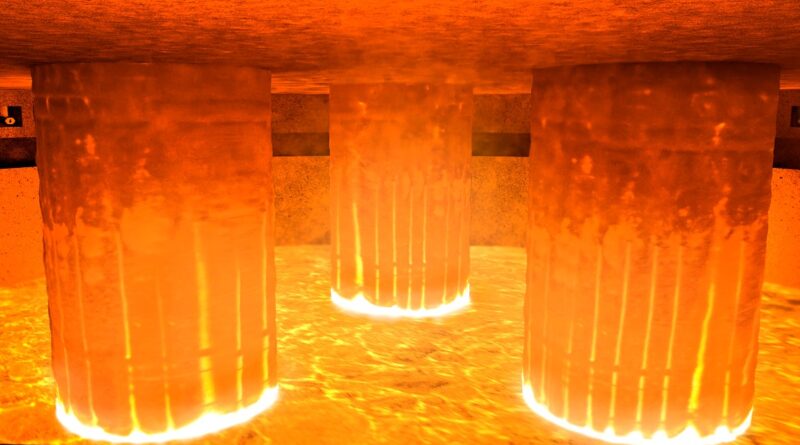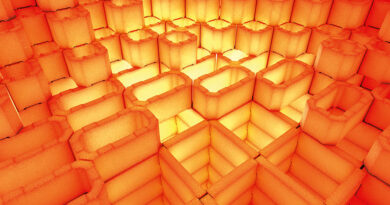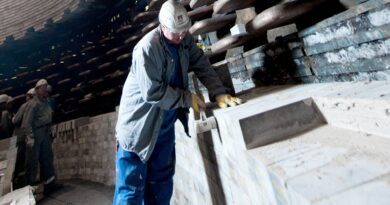The effects of temperature cycling on refractory materials
Refractory materials are essential in industries where high temperatures are the norm, such as metals, glass, and ceramics. These materials are designed to withstand extreme heat without melting or degrading.
However, the very conditions they were designed to withstand can also cause them to deteriorate over time. This article examines how temperature cycles affect the stress and durability of refractory materials, providing insight into this important aspect of industrial operations.
Refractory Materials Explained
Refractory materials are made from heat-resistant minerals such as alumina, silica, and magnesia. They are critical to the efficiency and safety of furnaces, kilns, and reactors by providing thermal insulation and containing process heat. Despite their resilience, the cyclic nature of temperature exposure can significantly affect their performance and service life.
Temperature Cycles: A Double-Edged Sword
Temperature cycling refers to the repeated heating and cooling of materials. This is common in industrial environments due to startup and shutdown processes or operational requirements that require temperature adjustments. While refractory materials are designed to withstand high temperatures, these cycles of expansion and contraction can cause stress.
Expansion and Contraction
As temperatures rise, refractory materials expand; as they cool, they contract. This process can create significant stress within the material due to the different rates of expansion or contraction in different sections, which are influenced by their composition and heat exposure. Repeated cycles can cause cracks to form, compromising the integrity of the refractory and the safety of the process.
Thermal Shock Resistance
Understanding thermal shock resistance is key to understanding refractory durability. Thermal shock occurs during rapid temperature changes and can cause stress fractures. Materials with high thermal shock resistance can better withstand frequent temperature changes without damage. However, even these materials can degrade with continuous thermal cycling.




